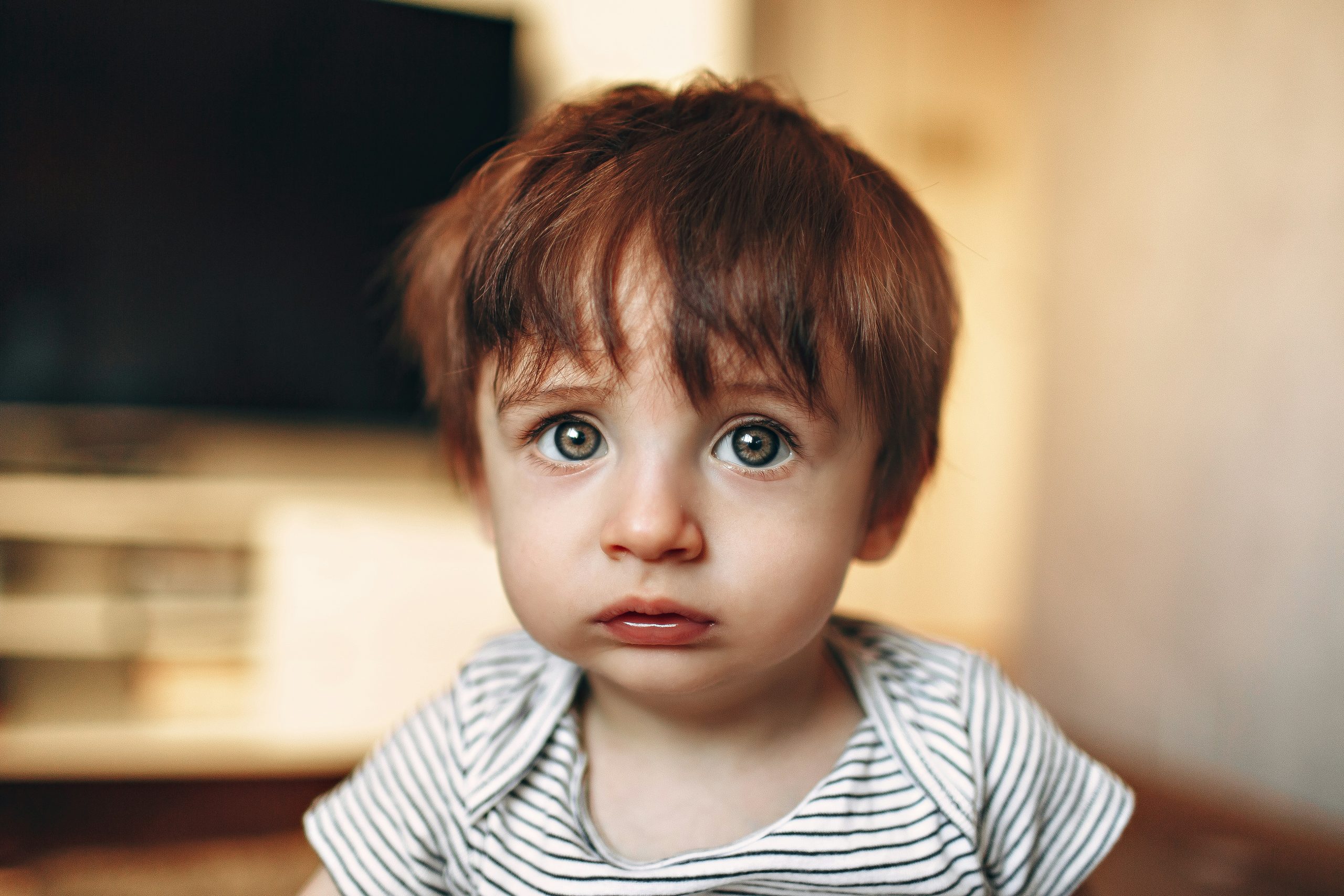
A child’s constant “why?” is more than a word. It’s a key that opens the door to reasoning, exploration, doubt, and the ability to connect facts. Almost every adult knows how exhausting a child’s endless questions can be: “Why is the sky blue?” “Why do leaves fall?” “Why can’t people breathe underwater?” “Why doesn’t the cat talk?” But adults don’t always realize that these very moments shape something crucial — the child’s ability to think, draw conclusions, and develop a genuine interest in how the world works.
So how should we answer children’s “why” questions in ways that preserve their natural curiosity and develop critical thinking at the same time? Why is the habit of asking and searching for answers not just a stage of development but the foundation of future learning, independence, and confidence? And what can parents or educators do to keep curiosity alive rather than shut it down?
Below is a detailed look at mechanisms, strategies, and approaches that turn children’s questions into a powerful educational resource.
 When “why?” Is More Than a Question
When “why?” Is More Than a Question
If you listen closely to how young children ask questions, you’ll see that “why?” almost never means they want a simple fact. It means they’ve noticed a mismatch: something doesn’t align with their current model of the world. They don’t know the term cognitive conflict, but they feel it vividly.
When an adult responds with something short like, “Because that’s how it is,” the conflict disappears, but the child learns nothing about the structure of cause and effect. They begin to think that answers only come from outside and that there’s no need to search for them independently. But when an adult replies in a thoughtful way or looks for the answer together with the child, several key things happen:
-
cause-and-effect reasoning develops;
-
the child learns to ask clarifying questions;
-
the habit of testing hypotheses forms;
-
trust in the adult as a partner in exploration grows;
-
intrinsic motivation to learn is strengthened.
A child’s “why” is a tiny scientific experiment. If you support it, the child learns to think, not just repeat.
How to Answer So That “Why” Becomes the Start of a Dialogue
The most common mistake adults make is trying to give a fast, short, “correct” answer. It’s faster, simpler, and easier. But for developing critical thinking, the process of finding an answer together is far more important than the answer itself.
Below are several effective strategies.
The “answer-back-with-a-question” strategy
This approach not only gives an answer but also shows the child that questions can be explored at different levels.
Example:
Child: “Why is a volcano hot?”
Adult: “Because the inside of the Earth has very high temperatures. And what do you think makes it so hot?”
The child becomes a co-author of the search, and the adult becomes a guide rather than a dispenser of information.
The “think aloud” strategy
When adults demonstrate their own reasoning out loud, they teach children an actual algorithm for critical thinking.
“I think it might be this… but let’s consider: if it were different, what would change?”
This is the essence of the scientific method: comparing, checking, questioning.
The “let’s go check” strategy
Instead of sticking to theory, it turns learning into a mini-research project:
observation, experiment, looking something up in a book or children’s encyclopedia.
“Why does ice melt?”
— “Let’s put one piece in the sun and one in the shade. Then we can see which melts faster.”
The child learns to link explanations to real-world phenomena.
The “acknowledge uncertainty” strategy
This is the most honest — and one of the most powerful — strategies.
“I don’t know, but let’s find out together.”
This teaches the child that not knowing is normal, not shameful — and that answers can be found, not only received.
How “Why” Builds Skills That Last a Lifetime
Psychologists and educators have long noted that curiosity is one of the strongest predictors of successful learning. But children’s “why” questions encode something even bigger — mechanisms that affect cognitive development, emotional resilience, and social skills.
Curiosity → critical thinking
To ask a question, a child must notice:
-
something unclear;
-
a gap in their knowledge;
-
a reason that can potentially be found.
This is the foundation of critical thinking.
Questions → confidence
When adults respond respectfully, the child forms a powerful internal belief:
“My opinion matters. My questions matter.”
This reduces fear of mistakes and boosts internal motivation.
Searching for answers → resistance to misinformation
Children who grow up asking and checking don’t accept information blindly. They compare, verify, and look for sources. This is essential in a world saturated with “easy” answers and half-truths.
Table: How Different Types of Answers Influence Development
| Type of adult answer | Example | Impact on the child | Promotes critical thinking? |
|---|---|---|---|
| Short factual answer | “Because that’s how it works.” | Shuts down dialogue, reduces curiosity | No |
| Answer with a follow-up question | “What do you think?” | Encourages reasoning and forming hypotheses | Yes |
| Joint exploration | “Let’s find out.” | Develops research skills | Yes |
| “Think aloud” explanation | “I think… but let’s check.” | Shows a model of adult reasoning | Yes |
| Dismissive answer | “Stop asking.” | Suppresses initiative, harms confidence | No |
How to Preserve Curiosity Without Turning It Into a Chore
The most common issue is that adults get tired. After work, chores, and caring for other children, the constant flow of questions can feel overwhelming. But curiosity cannot develop under pressure, and it disappears quickly if adults’ reactions turn negative.
Here are key principles that help maintain healthy, vibrant curiosity.
Give attention in doses — but don’t ignore
You don’t have to answer immediately or fully. Sometimes it’s enough to say:
“Your question matters. Let’s talk about it after dinner.”
This maintains respect and preserves interest.
Don’t turn answers into lectures
Kids don’t need long academic explanations. They need clarity that matches their developmental level — without oversimplifying to the point of meaninglessness.
Keep humor and lightness
Sometimes the best answer is one that turns “why” into play:
“Why does a cat have whiskers?” — “To fight for honor in fair duels! But seriously…”
Humor eases tension and makes learning natural.
Encourage children to question themselves
This technique works surprisingly well:
“Great question. How would you explain it if you were a scientist?”
The child begins forming their own models — a crucial step toward critical thinking.
How “Why” Influences School Learning
Many school difficulties stem not from lack of knowledge but from lack of practice in thinking. A child who is taught only to receive answers will struggle with tasks requiring reasoning, explanation, and justification.
A child raised in an environment where their questions are valued:
-
grasps mathematical reasoning more easily;
-
understands texts better;
-
is more resilient when facing complex tasks;
-
develops analytical habits instead of memorization habits.
When curiosity is consistently shut down, the child learns passivity and fear of “sounding stupid.”
Why Preserving “Why?” During Adolescence Matters
Many teenagers stop asking not because they lose interest, but because they learned earlier that questions “bother” adults.
A teenager who isn’t afraid to ask:
-
performs better on projects;
-
explores new subjects with confidence;
-
is less vulnerable to peer pressure;
-
finds their own goals and identity more easily.
Adolescence is a critical period: if curiosity survives until 14–15 years old, it tends to remain for life.
Conclusion: The Future Begins With One Small Question
A child’s “why” is not noise, not an inconvenience, not meaningless chatter. It is the child’s primary tool for understanding the world. And the way adults respond determines whether the child will develop the habit of thinking, checking, doubting, seeking information, and not fearing ignorance.
It’s important to remember: an adult’s answer is not the final point. It’s an invitation to think further. When an adult is ready to reason, ask counter-questions, test hypotheses, and acknowledge uncertainty, they create an atmosphere where the child feels like an explorer — and the world feels like a place where asking questions is safe and exciting.
A child may forget the specific answers years later. But they will remember that asking questions was allowed. And that is more than knowledge — it is a way of thinking.

